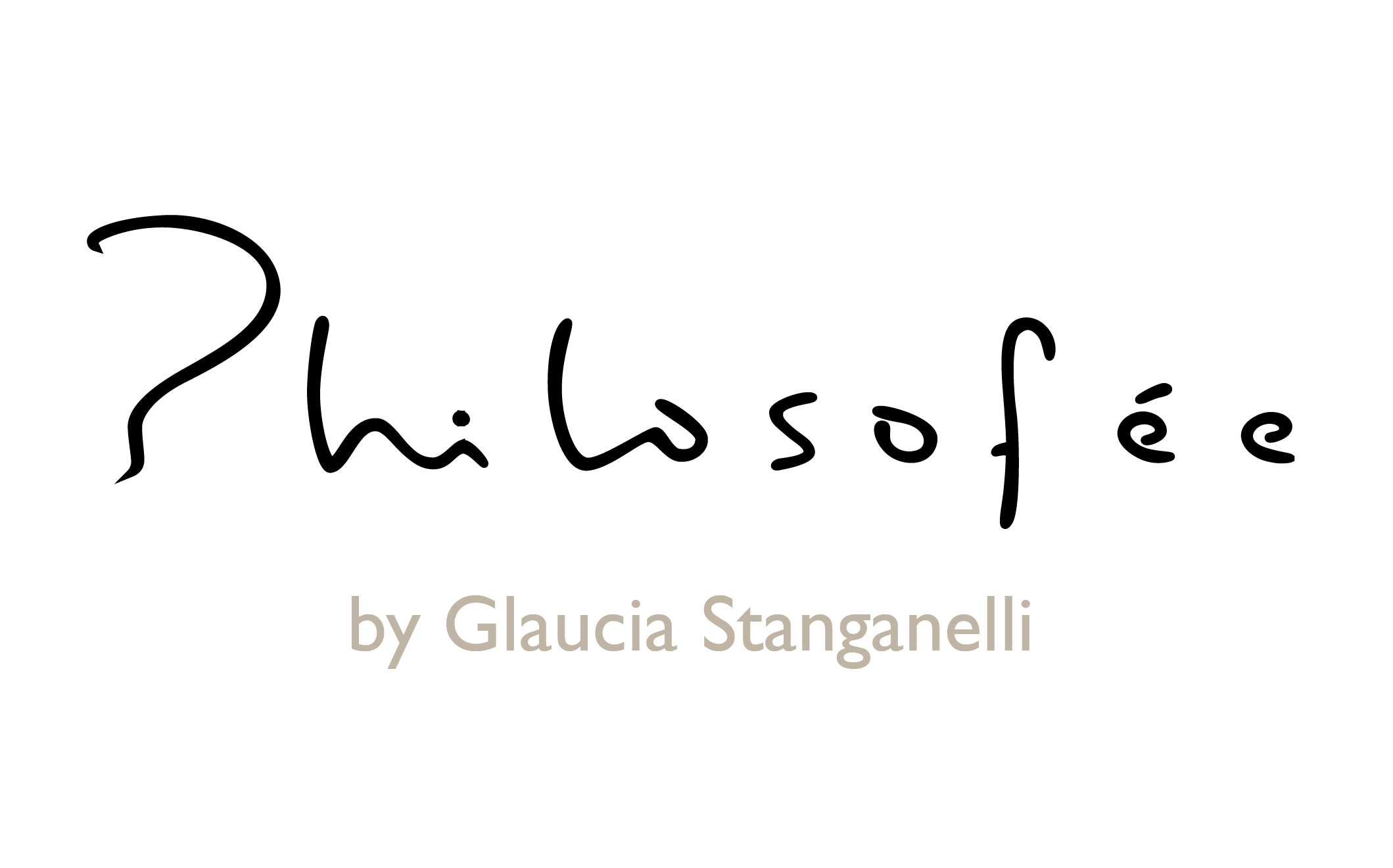Why You Should Switch to Sustainable Fashion
Many of us tend to become shopaholics as clothing line advertisements get more effective in luring us to grab the latest trends. We must admit, on some occasions, we’re guilty of buying more wants than needs.
As relaxing as it may be to shop for this clothing, are we also aware of its impact on mother earth?
Max Funding financial expert Shane Perry notes, “The synthetic material used in textile clothing causes more harm than good to the environment. As a solution, both current and emerging brands in the fashion industry introduced sustainable fashion.”
Listed below are the benefits of sustainable fashion:
Fewer textile wastes
Fast fashion is a significant contributor to global textile wastes. As these clothes are sold at a lower price, we tend to buy more.
One advantage of sustainable fashion is enhanced textile quality. Due to this, the garments can last for up to many years, reducing textile wastes.
Popular alternatives to help further decline textile wastes include:
Charity donations
Selling on second hand stores or online marketplaces
Repurposing the fabric for crafts
We, at Philosoƒée, offer an interesting Take-Back Program where you can send back your unwanted Philosoƒée pieces after at least three years in exchange for a $20 gift card per piece, letting us take care of the item’s second life.
This conscious effort keeps textiles and garments from ending up in the landfill.
Less water, energy, and other natural resources consumption
We can be surprised at how much resources are used in making just a single shirt!
According to the study conducted by Fletcher and Grose, a single cotton shirt requires about 700 gallons of water during processing, 0.2-lb of fertilizers, and 0.01-lb of pesticides. In addition to this, its CO2 emission reaches an average of 18.3 lbs.
As a solution, sustainable fashion uses alternatives to save more on resources. The use of organic fiber reduces the amount of water and energy being consumed. It uses 71% less water and 62% less energy than conventional cotton. Other brands use linen, recycled cotton, and hemp that use even lesser water during production.
At PhilosoĎe, we promote awareness of the carbon footprint for each material used. To encourage sustainability, we offset our carbon footprint by planting a tree for every $25 spent in our store. We have partnered with TreeApp for this unique program.
More animal lives are saved.
Leather, silk, and wool are examples of materials sourced from animals. By using ethically-made clothing from sustainable materials, the demand for animal-derived materials is reduced. Alternatives include using plant-based compostable sneakers, yeast in producing silk, and the trendy pineapple leaves as an alternative to leather.
We can say that the impact of the fashion industry on the environment is genuinely overwhelming. Approximately 70 percent of the clothes in our closet are probably made with synthetic materials. We may not know that these materials take up to 200 years to disintegrate. To prevent detrimental effects on the environment, we should consider more sustainable brands.
We, at PhilosoĎe, offer you ethically-made pieces with consideration to the environment. To make this possible, materials used in each clothing are chosen based on those with a less negative impact on the planet. Wear unique, beautiful pieces while helping save mother earth.
by Nathan Turner
